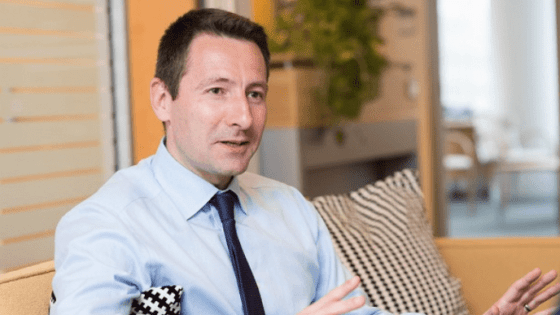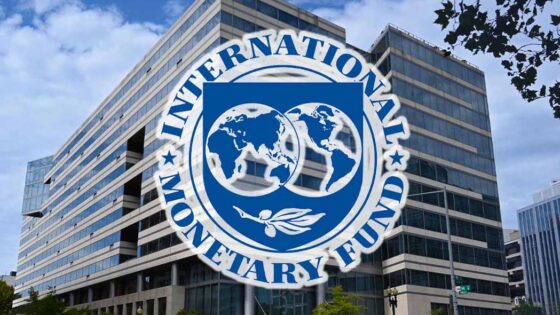on
The President has spoken and in doing so laid down the balancing act he has been forced to engage in. He has had to pitch social, economic, security and educational advice and evidence against the public health risk of COVID-19. In the end, he concludes that a sliding scale towards normalcy is our best bet.
This puts a lot of responsibility on us as citizens. I say so because, in every pandemic, four main factors contribute to contagion. These are the Duration for which an infected person is contagious (D), the Opportunity for people to interact closely (O), the Transmission probability during an interaction (T) and the Susceptibility of a giving population to be infected by the microorganism (S). DOTS are the main determinants of the effective reproductive number (Re) the main predictor of a pandemics trajectory.
D is down to the biology of the microorganism and the latent/incubation period. For COVID-19 it is known that an infected person is contagious for up to 14 days. As humans, we cannot alter this. Hence the need to isolate those infected until as a minimum this perhaps elapsed. However, the more people we have to isolate, the higher the pressure on our health system.
O is down to human behaviour and our ways of interaction and can be heavily influenced by us. The lower the level of person to person interaction, the less likely there is for a human to human infection. By opening up all be it in a limited way, the President has improved the opportunities available to this virus. We can diminish this by avoiding crowds, wearing masks and the practice of social distancing.
T relies on O in that should interactions occur how likely will these interactions lead to an infected person transfer the disease to others? This depends on how close the interacting humans are and what precautions are taken. It also depends on how long these interactions are for. By opening up churches, mosques and schools all be it placing a limit on numbers who can congregate and for how long, this probability has been increased too. Ours is to recognize that we must interact only if necessary. That places of worship are open doesn’t mean you must attend. If you do, leave at the earliest opportunity. Treat anyone you meet as though they are infected.
S is a function of the size of our population and the number of cumulative confirmed cases currently. As it stands, there are 8070 confirmed cases and the positive test percentage sits at 3.69%. Meaning, if this percentage is used as an estimate to reflect the potential number of unreported cases, over 96% of Ghanaians have not yet been infected by COVID-19. Thus increasing O and T and with a large S is a huge gamble that if not handled well could result in rapid spread.
The President alluded to that in saying that there was a likelihood of hotspots emerging and for our case count to rise. I entirely agree with this view. However, my suspicion is that Mr President is hedging his bet on citizens complying with the behavioural and hygiene protocols that could mitigate against O and T.
If this is the case then education, positive peer pressure and enforcement by all Ghanaians will be key. This far the behaviours I see point to the fact that we have supplied information but failed to educate. If we fail at this and gamble on how relatively mild this virus has been in Africa coupled with our current significantly low Case Mortality Rate of 0.43%, we could be in for a few surprises. This virus is a chameleon and mutates at will. It could in just a series of mutations take us by surprise.
*****
Kwame Sarpong Asiedu [Pharmacist and Fellow, Ghana Center for Democratic Development (CDD-Ghana)].




































